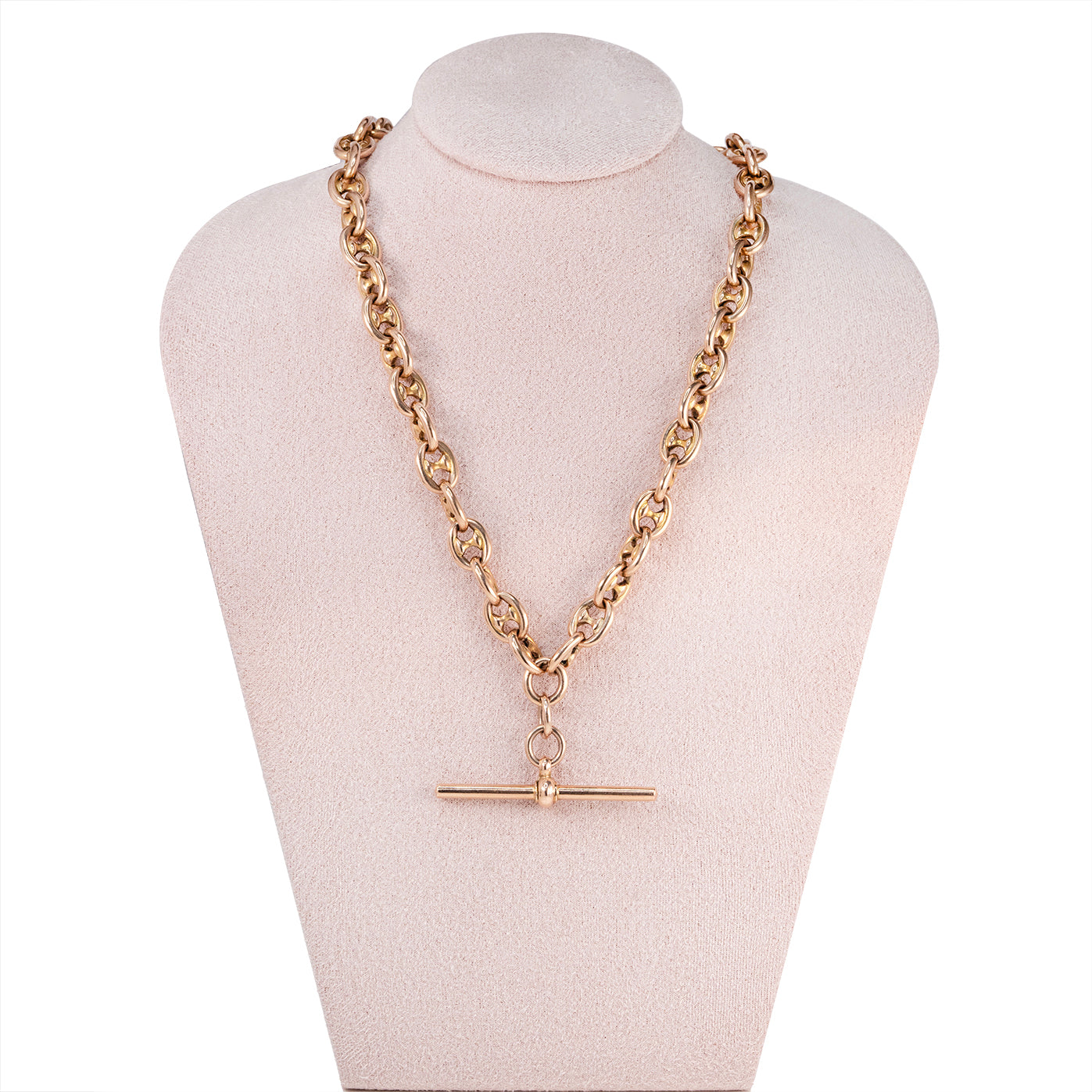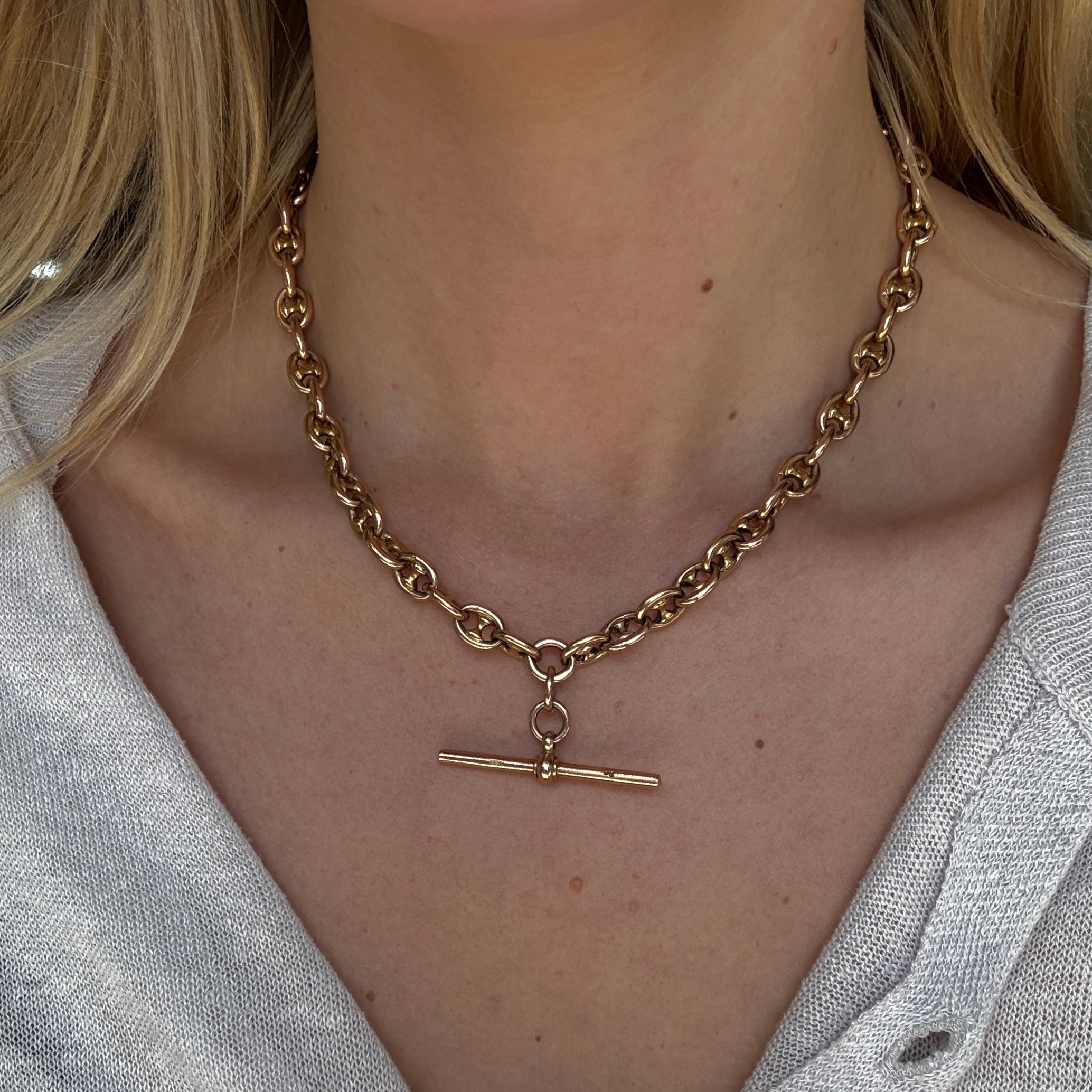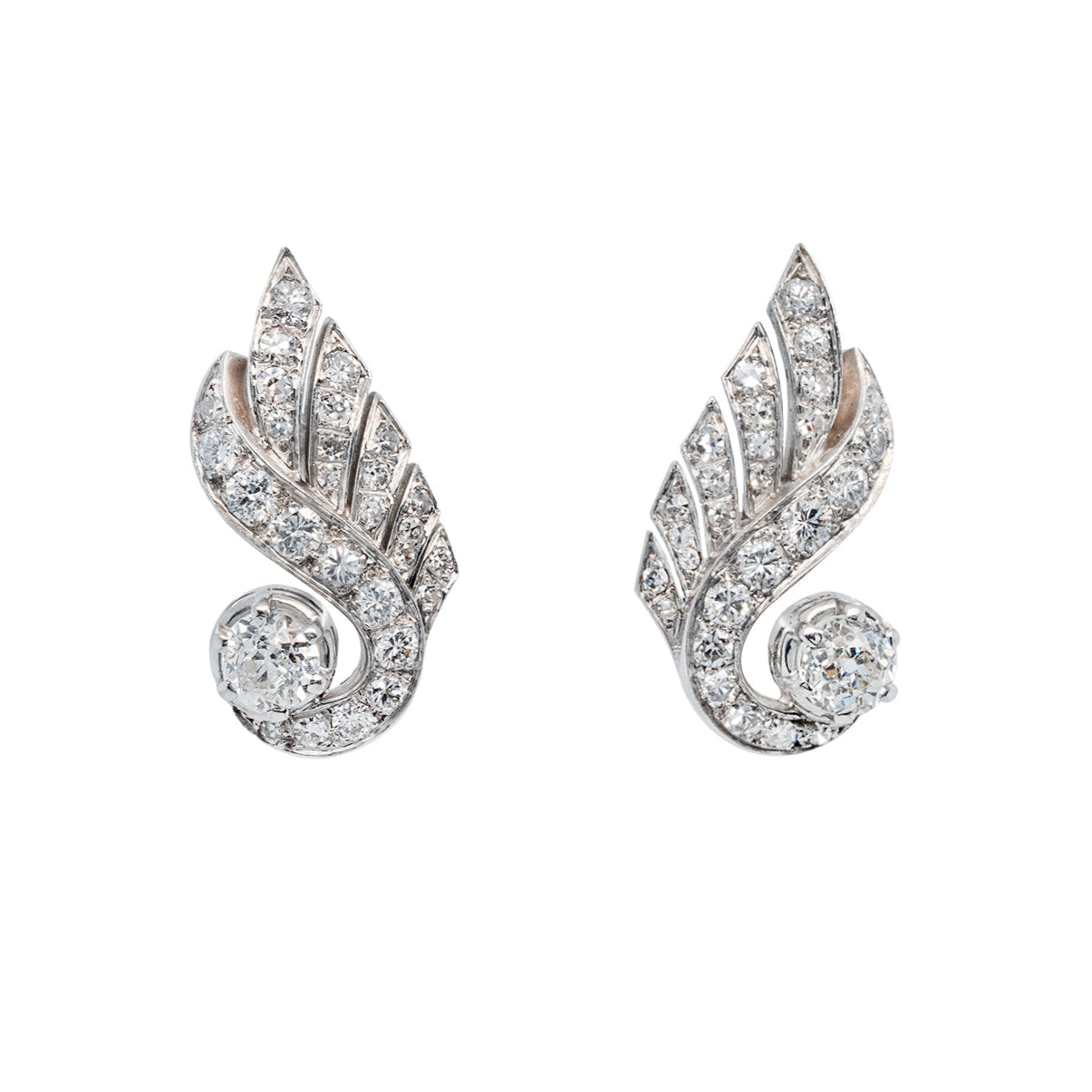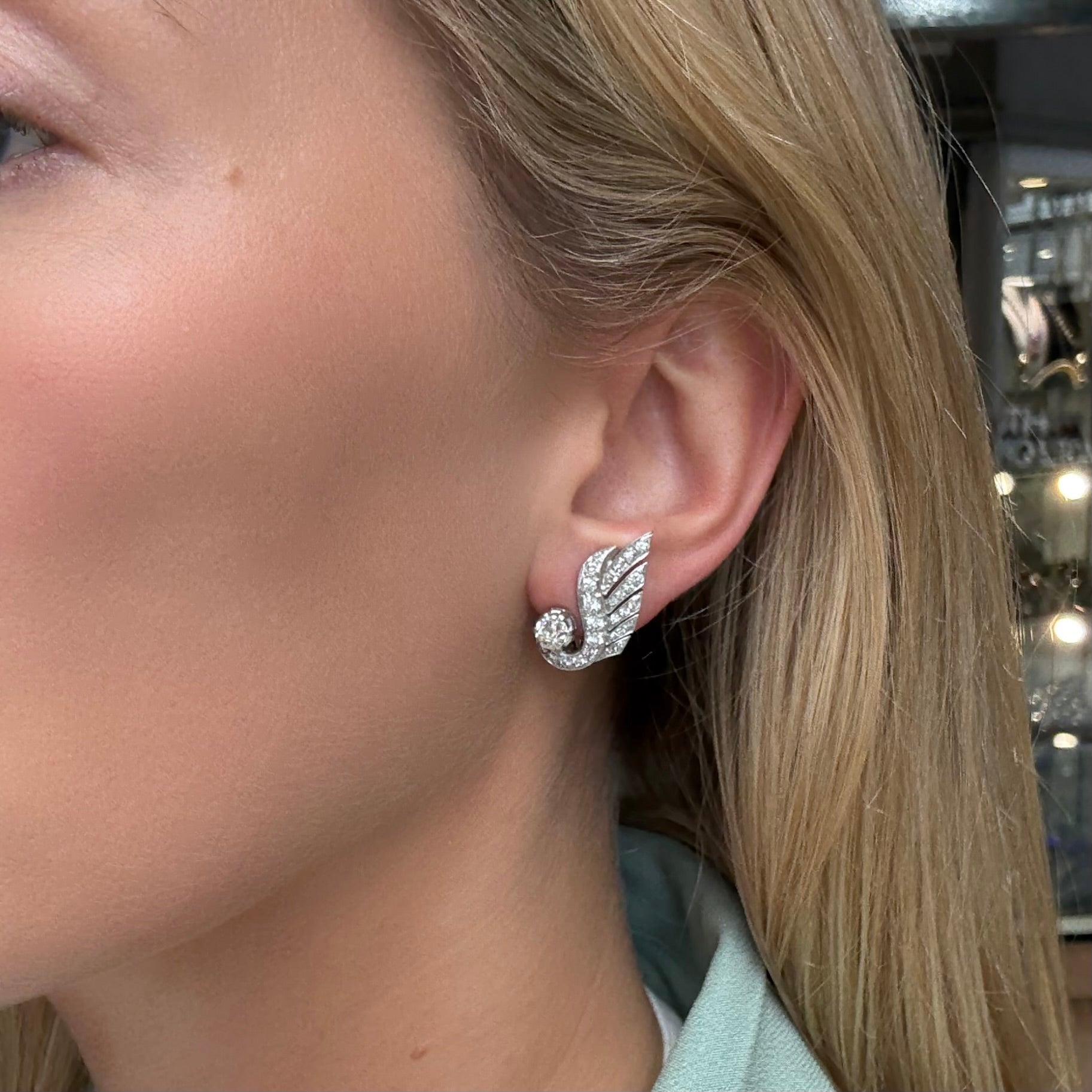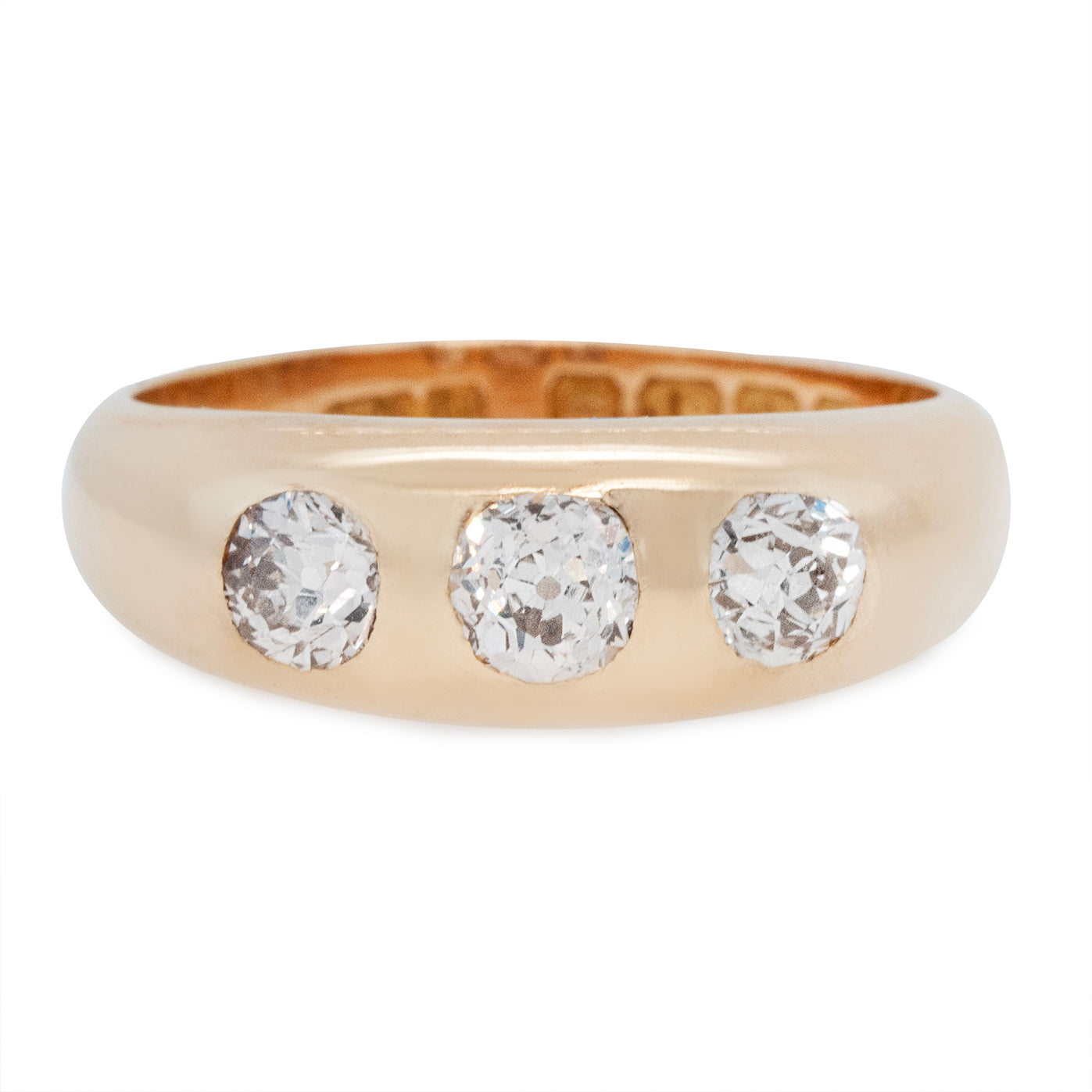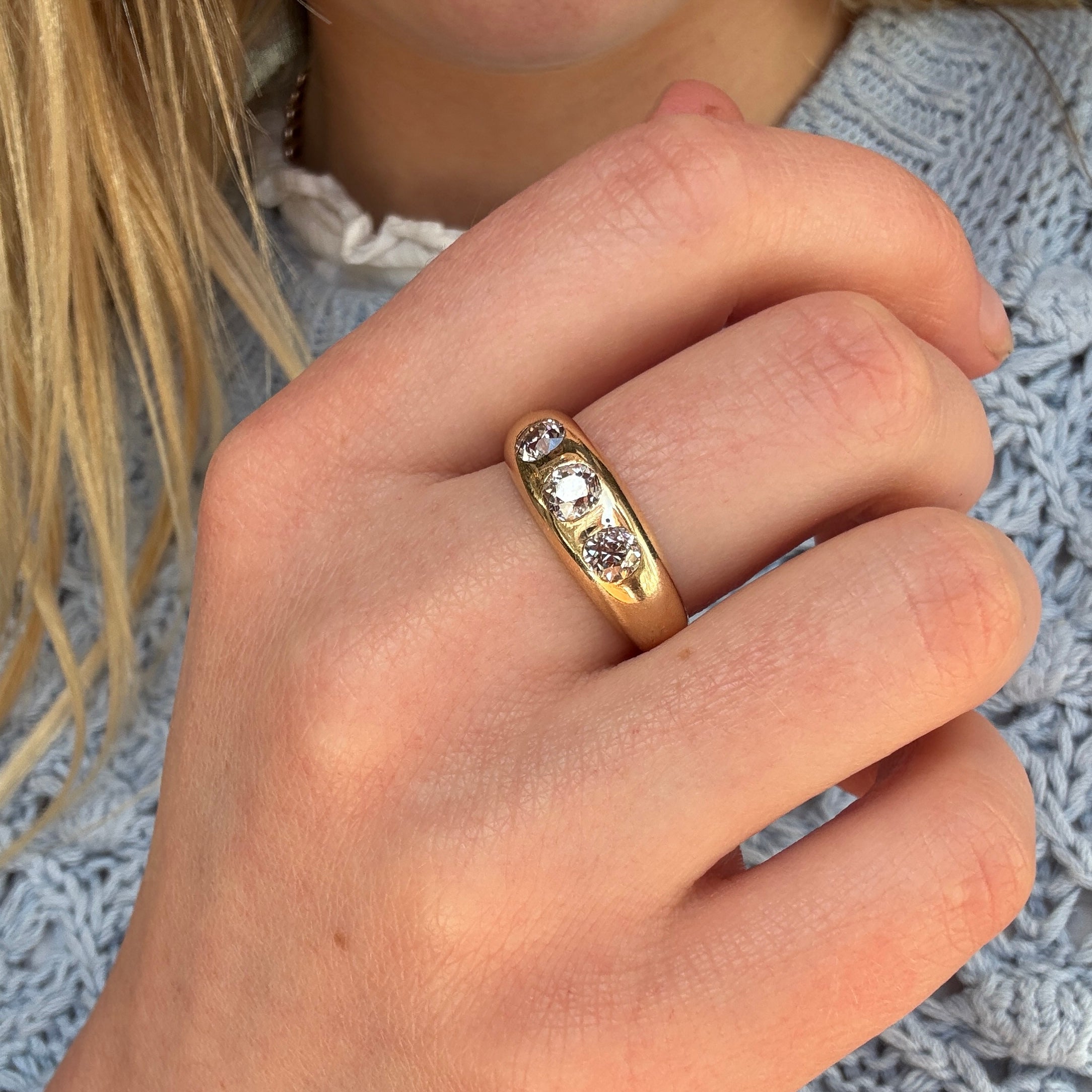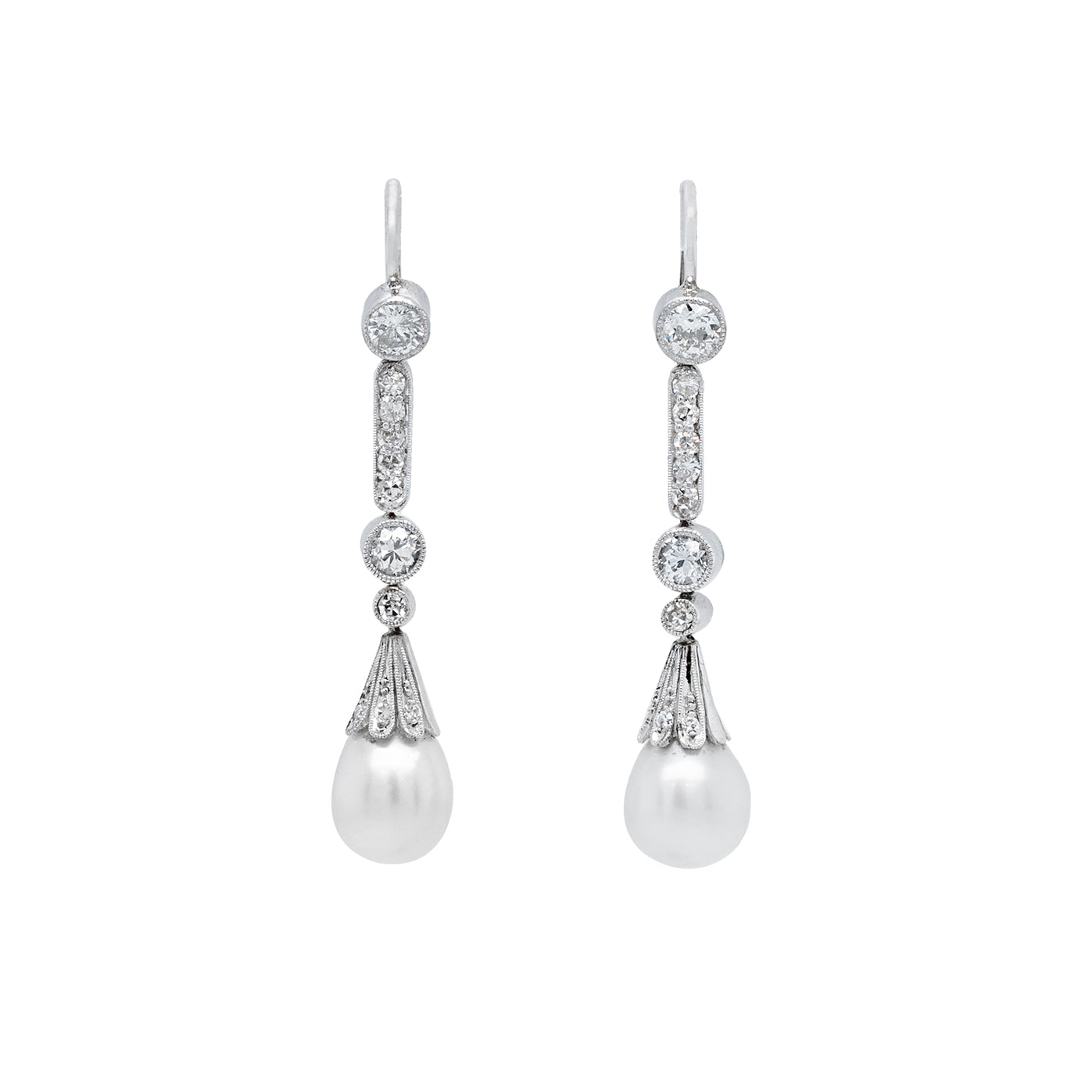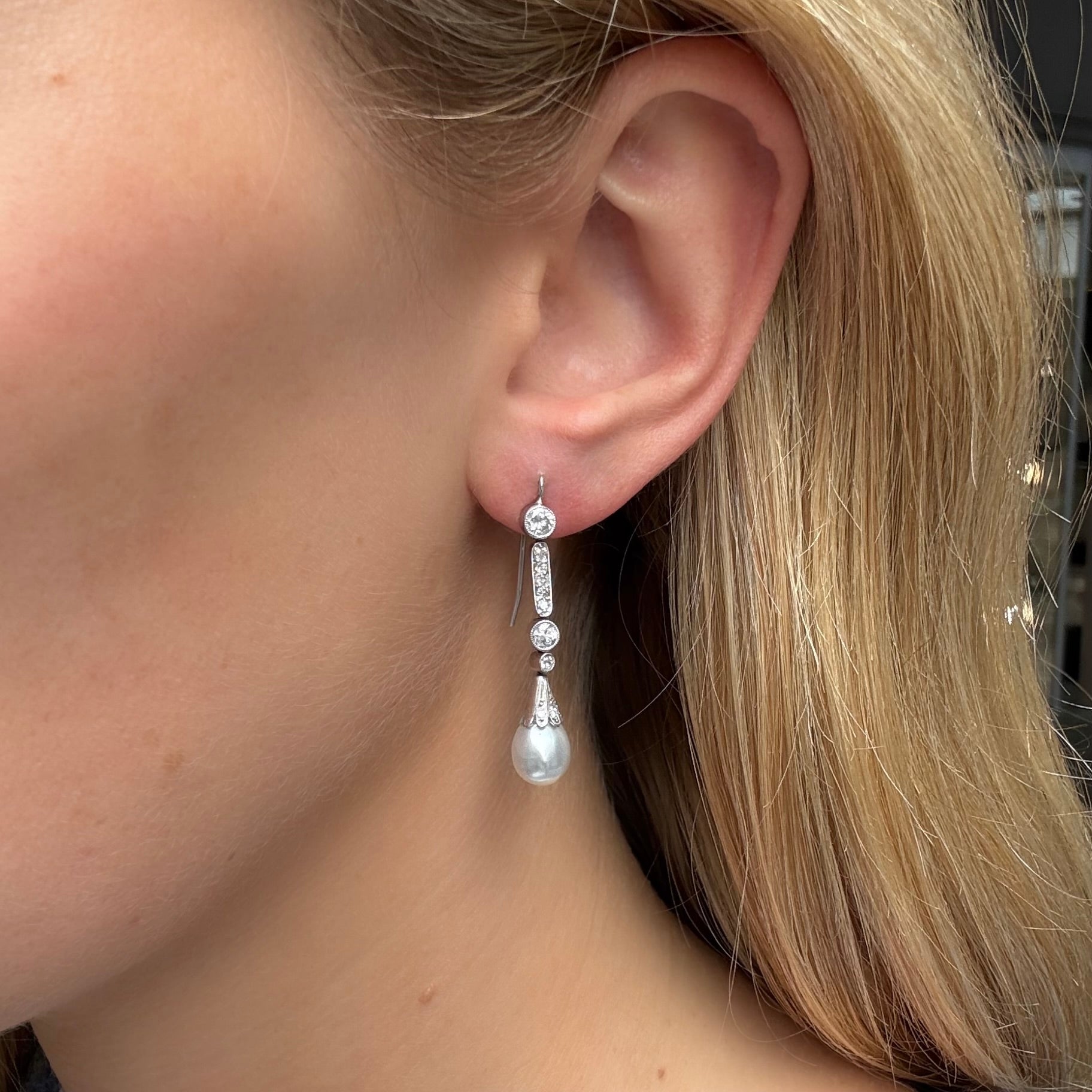The Victorian era, spanning from 1837 to 1901, is renowned for its distinctive and opulent fashion, architecture, and jewellery. This period, named after Queen Victoria of England, saw significant cultural and social changes that were reflected in the design and symbolism of engagement rings. Victorian engagement rings are a fascinating blend of romanticism, symbolism, and craftsmanship, making them timeless treasures that continue to captivate hearts today.
The Historical Context
The Victorian era was marked by industrial advancements, a burgeoning middle class, and a heightened sense of romance and sentimentality. Queen Victoria's deep love for her husband, Prince Albert, played a crucial role in influencing the design of engagement rings during this period. Their love story, filled with passion and devotion, set a precedent for romantic expressions through jewellery.
Characteristics of Victorian Engagement Rings
Victorian engagement rings are known for their intricate designs, use of various gemstones, and symbolic motifs. These rings can be broadly categorised into three phases: Early Victorian (1837-1860), Mid-Victorian (1860-1885), and Late Victorian (1885-1901).
Early Victorian (1837-1860)
The Early Victorian period, also known as the Romantic Period, saw engagement rings adorned with intricate floral and nature-inspired designs. Popular motifs included leaves, flowers, and serpents, symbolising eternal love and fidelity. Queen Victoria's own engagement ring, designed as a serpent with emerald eyes, set a trend for snake motifs, representing wisdom and eternity.
Gold was the predominant metal used, often combined with colorful gemstones such as emeralds, rubies, and sapphires. Diamonds, while present, were typically smaller and used as accent stones.
Mid-Victorian (1860-1885)
The Mid-Victorian or Grand Period reflected the somber mood of the nation following Prince Albert's death in 1861. Jewellery from this time often incorporated darker gemstones such as onyx, garnet, and amethyst. Despite the somber tone, engagement rings from this period remained elaborate, with intricate metalwork and the continued use of symbolic motifs.
Diamonds began to gain prominence during this period, especially after the discovery of diamond mines in South Africa in the late 1860s. This availability made diamonds more accessible and popular in engagement rings.
Late Victorian (1885-1901)
The Late Victorian or Aesthetic Period saw a return to lighter and more whimsical designs. This period celebrated femininity and grace, with rings featuring delicate, lacy metalwork and an abundance of diamonds. The solitaire diamond ring, symbolising purity and unity, became a popular choice for engagement rings during this time.
The use of platinum began to emerge, offering a durable and elegant setting for diamonds and other gemstones. The intricate designs often included bows, hearts, and star motifs, reflecting the era's fascination with all things romantic and celestial.
Symbolism and Sentimentality
Victorian engagement rings are deeply rooted in symbolism and sentimentality. Each design element, from the choice of gemstones to the motifs, held specific meanings. For example:
- Diamonds: Symbolised purity, strength, and eternal love.
- Emeralds: Represented fertility and rebirth.
- Rubies: Signified passion and deep love.
- Sapphires: Denoted loyalty and trust.
Motifs like hearts, knots, and flowers further reinforced the romantic nature of these rings, making them not just pieces of jewellery but cherished tokens of love and commitment.
Collecting and Wearing Victorian Engagement Rings Today
Victorian engagement rings have stood the test of time, admired for their unique beauty and historical significance. Collectors and romantics alike seek out these rings for their craftsmanship and the stories they tell. When choosing a Victorian engagement ring today, it’s essential to consider the authenticity, condition, and provenance of the piece.
Wearing a Victorian engagement ring is not just about adorning oneself with a beautiful accessory; it's about embracing a piece of history and a legacy of love. These rings continue to symbolise the timeless nature of love and the enduring appeal of fine craftsmanship.
Victorian engagement rings are a testament to an era that celebrated romance, artistry, and symbolism. From the intricate designs of the Romantic Period to the diamond-studded elegance of the Aesthetic Period, these rings offer a glimpse into the past while remaining eternally stylish. Whether you're a collector or someone seeking a unique engagement ring, Victorian rings provide a timeless connection to history and the everlasting nature of love.
By cherishing and preserving these rings, we keep alive the rich heritage and the romantic spirit of the Victorian era, ensuring that their beauty and significance continue to inspire future generations.
